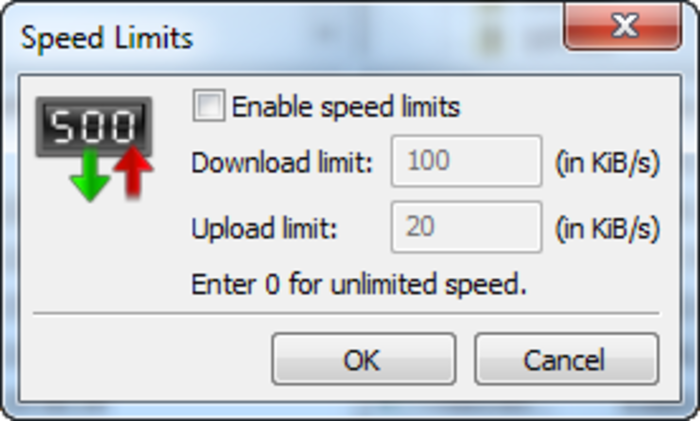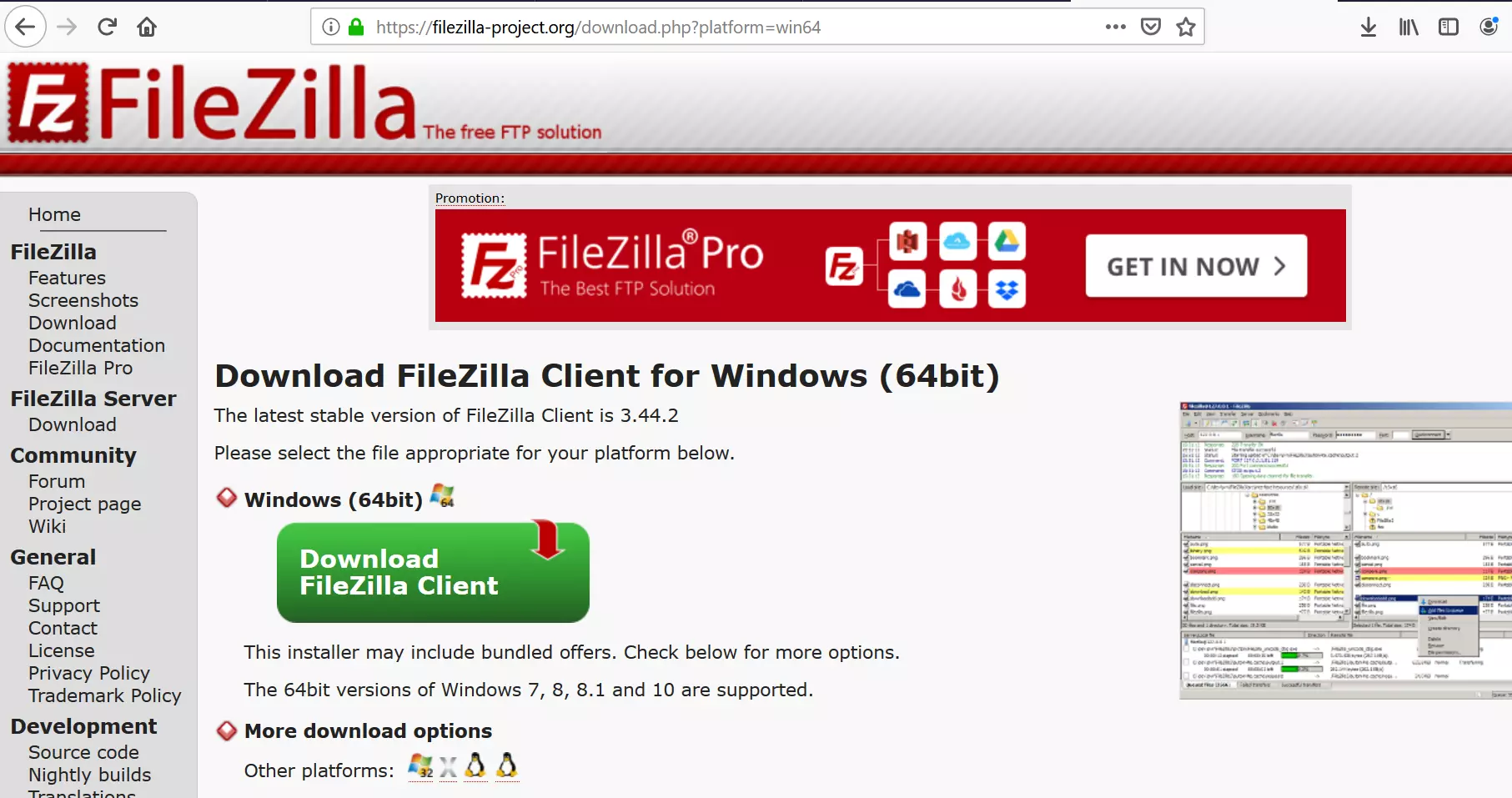

Step 3: Next web page open now click on Download FileZilla Server. Step 4: Now a dialogue box will open and click on the Download button. Step 5: Now find the executable file in the downloads folder of your system and open it. Step 6: It will prompt confirmation to make changes to your system. This server solution is such a breeze to install and use that anyone can do it. FTP over SSL/TLS provides secure encrypted connections to the server. This will start the installation process. Step one: Download the installation file. Step two: Start the installation and then double click the downloaded installer file. Step three: Figure A shows the available components for FileZilla.


Open ‘Computer’ and right click in a blank area, then select Add a network location. The Add Network Location wizard will appear, click next twice.įileZilla supports SSL, the same level of encryption supported by your web browser, to protect your data. When using SSL your data is encrypted so that prying eyes cannot see it, and your confidential information is protected. It also supports on-the-fly data compression, which can improve the transfer rates. Unfortunately, the compression setting can have mixed results, so it is advised to use it with care. It is possible for files that are already compressed to be transferred over the network using more than their original data size.ĭebian: by default the service is now configured to exclude headers from log lines, since journald outputs its own headers already. Mac: fixed regression that made the installed service not startableĪdmin UI: changed wording in the logging settingsĪdmin UI: made default connection values correct, in case the settings file is missing. MSW: fixed various bug in the ExecDos plugin, that could cause the admin password not to be set properly.

MSW: non-ASCII admin passwords can now be properly used. MSW: fixed a bug in libfilezilla that caused an unexpected failure when creating directories with restricted access. It had effects on the ACME account creation.


 0 kommentar(er)
0 kommentar(er)
